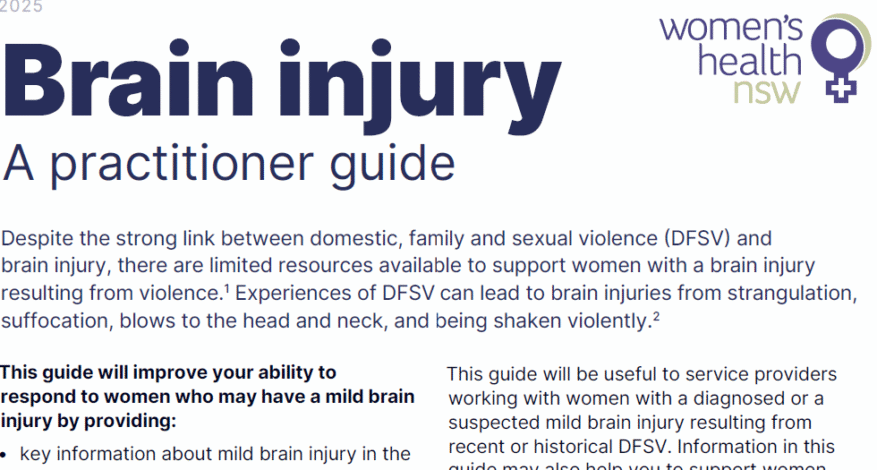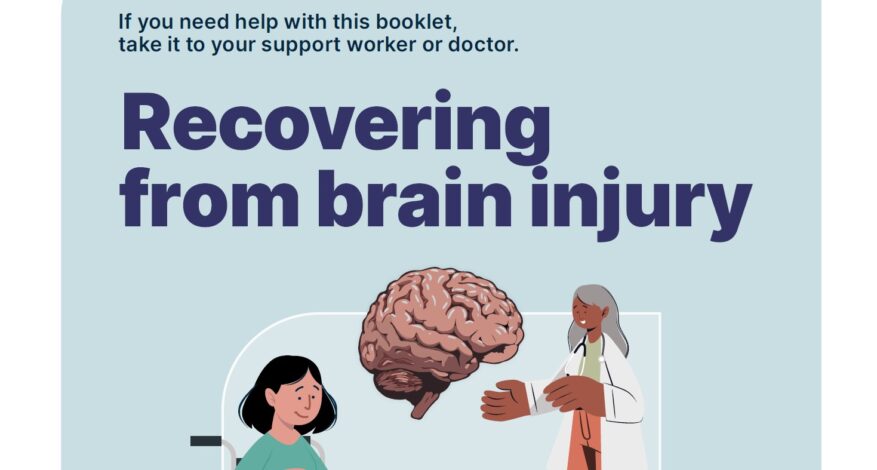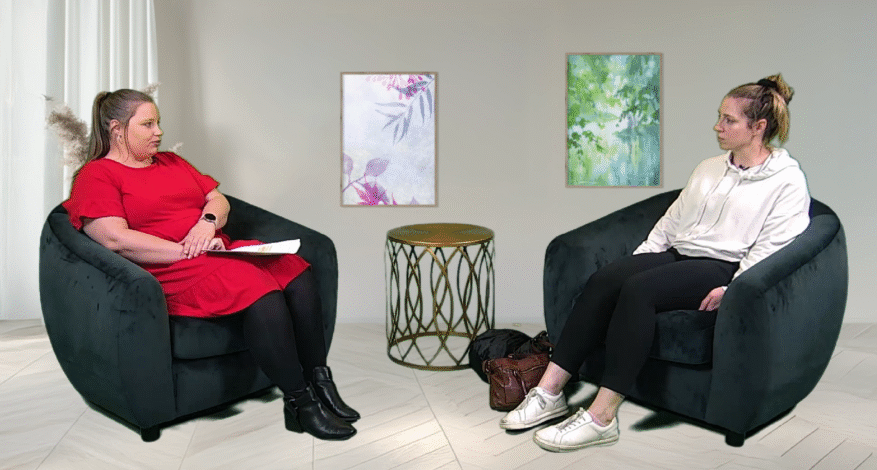Sexual choking isn’t risk-free: Social media campaign
This is a social media health promotion campaign about sexual choking. This campaign is designed to build community knowledge relating to the risks of sexual choking, and support help-seeking behaviour. The evidence-informed approaches taken in each social media tile are drawn from Sexual choking: A health promotion approach. The digital environment normalises sexual choking, making…




